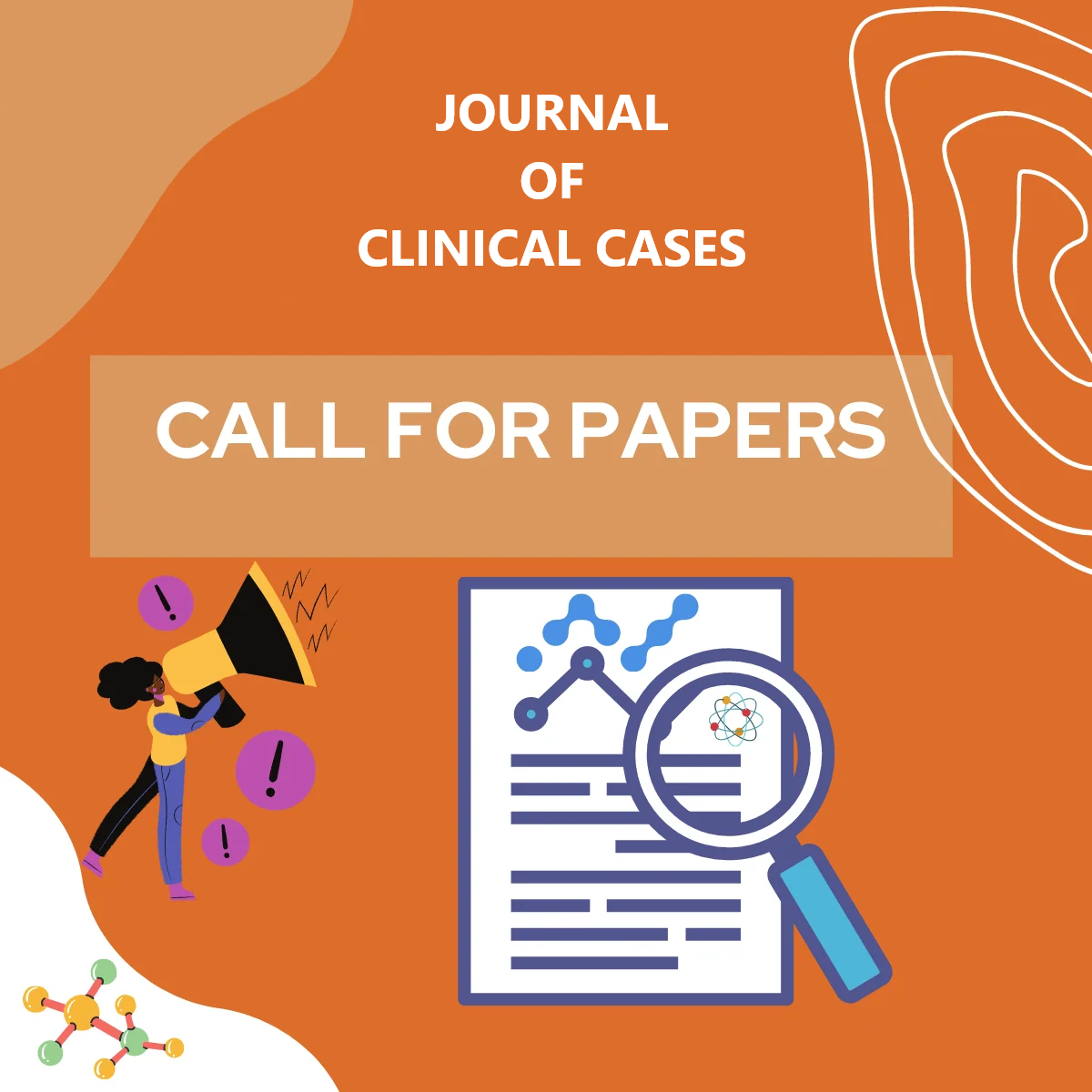Journal Citations
- Crossref
- PubMed
- Semantic Scholar
- Google Scholar
- Academia
- SCRIBD
- ISSUU
- Publons
- MENDELEY
Share This Page
Journal Page

A Male Toddler With Congenital Dysglycosylation Due To A Single Missense Variant Of The ALG11 Purity Gene And Review Of The Literature
Zhao tong, Wang Le and Chen fang
Department
General Department of Neurology, Hebei Provincial Children’s Hospital
(Shijiazhuang 050031)
These authors contributed equally to this work
Corresponding Author: Chen Fang
Published Date: 12 February 2024; Received Date: 14 January 2024
Abstract
1.1. Objective: For the first time in China, we report the clinical and
molecular genetic features of a child with congenital dysglycosylation
(CDG) caused by a variant in the asparagine-linked glycosylation 11
(ALG11) gene.
1.2. Method: A male child (2 months old) who was first diagnosed with
“postnatal convulsive seizures, excitability, and developmental delay” in
the Department of Neurology of Hebei Provincial Children’s Hospital
on January 11, 2023, was selected for the study, and high-throughput
sequencing technology was applied to perform whole-exome sequencing,
and Sanger sequencing technology was used to validate the suspected
mutation sites and their familial Sanger sequencing was used to validate
the suspected mutation sites and their family members. The search terms
“ALG11”, “congenital glycosylation” and “CDG” were used to search
the China Knowledge Network (CNN), Wanfang Database (WFDB)
and PubMed Database (PubMed), respectively, from the establishment
of the database to March 2023, and to combine with this case’s patient,
we searched the literature. The clinical and genotypic characteristics of
patients with ALG11 variant CDG were summarized and analyzed with
the data of this case.
1.3. Results: High-throughput sequencing showed that the child had a
pure missense mutation in the ALG11 gene c.800C>T p.Ser267Leu, and
validation results showed that the mutation was derived from the parents,
which was the first case of a child with a pure heterozygote due to a variant
in the ALG11 gene in China. The child presented with generalized seizures,
peculiar facial features (high forehead, wide eye spacing, collapsed nose,
thick lips, windy ears, microcephaly), hypotonia of the limbs, and the
ability to perform simple commands and speak simple words. She was
followed up to more than 1 year and 2 months of age and showed epilepsy,
hypotonia, and mild developmental delay, and was well treated with
antiepileptic drugs. The search criteria were met with 2 articles in Chinese
and 9 articles in English, which were combined with a total of 18 patients
with ALG11 causing CDG in our child. Of these patients, 94% suffered
from epilepsy, 78% exhibited hypotonia, 72% had developmental delay,
and the remaining symptoms were present in a few individuals. Two of the
four reported cases of the purist case survived, and the clinical phenotype
of the purist case reported in the present study was much milder.
1.4. Conclusion: ALG11-CDG can develop during fetal life, and the
main clinical features are epilepsy, hypotonia, developmental delay and
microcephaly, with the type of mutation correlating with the prognosis of
the disease.

